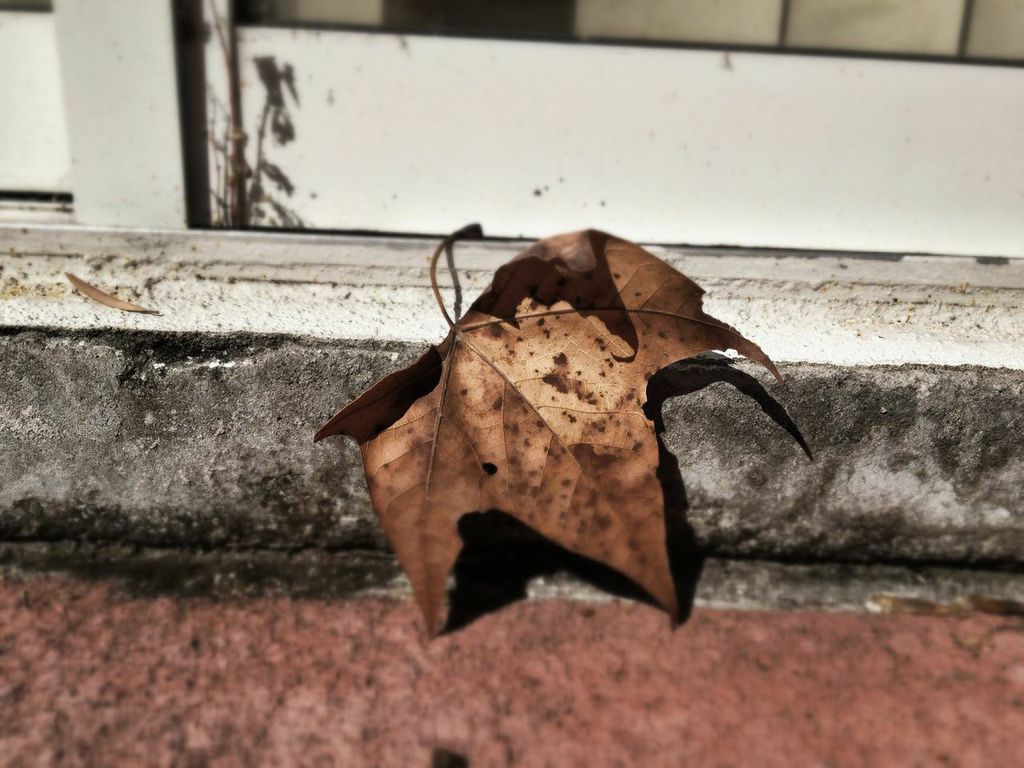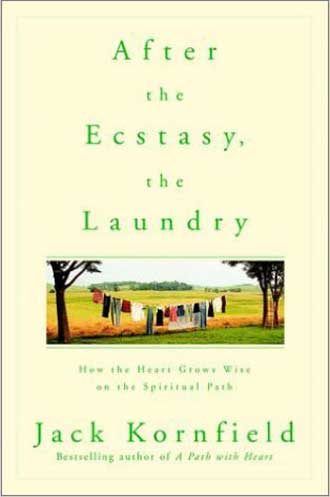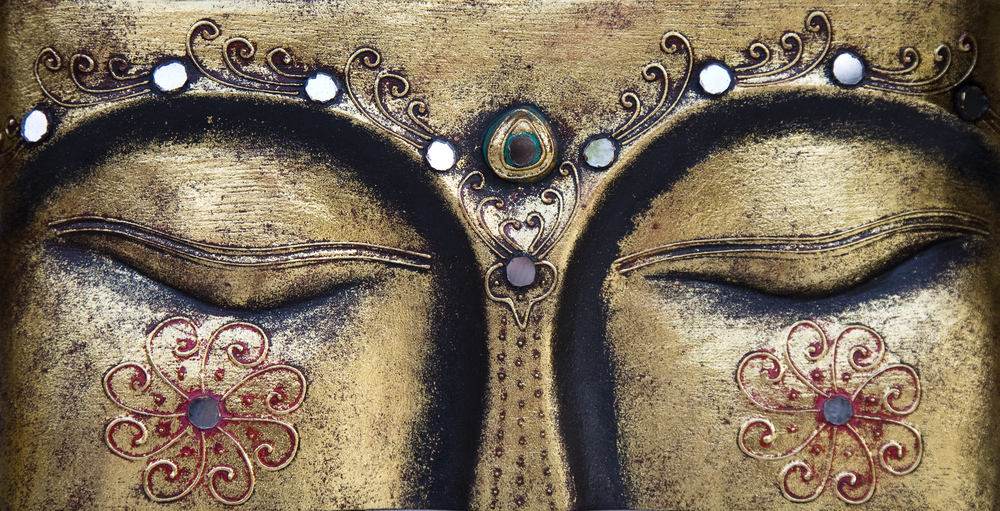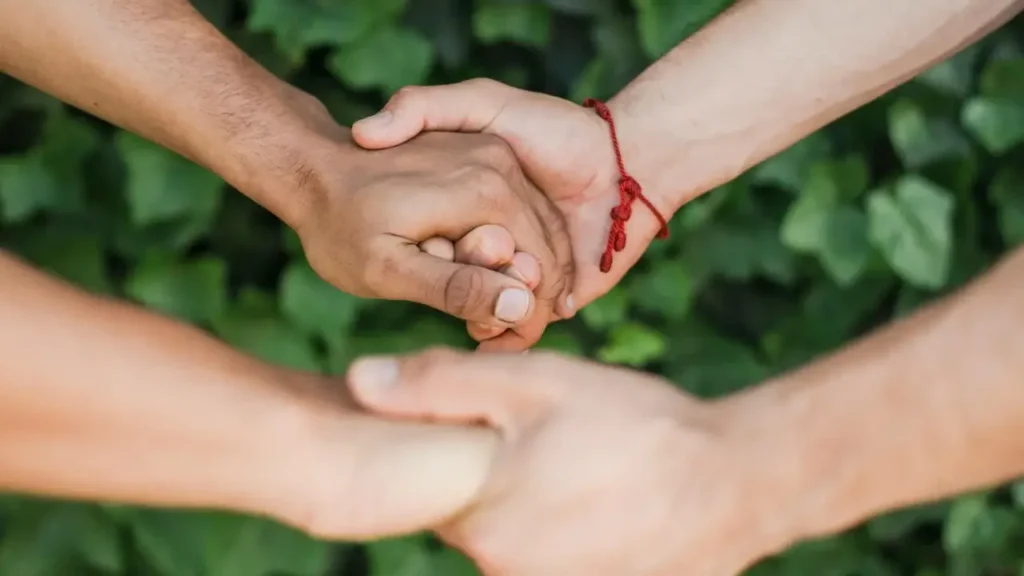(Read Part One of Finding Refuge)
Traditionally, there are three levels of Buddhist refuge, outer, inner and innermost. On the outer level, we take refuge in the historical Buddha, a remarkably wise human being who pointed the way to inner freedom. We take refuge in the Dharma, the teachings of generosity, compassion and wisdom that bring freedom. And we take refuge in the Sangha, in the Buddhist community of awakened beings. This outer refuge connects us to a tradition and millions of followers of the Buddha’s path. Taking the inner refuge in the Buddha, we shift from the historical Buddha to a refuge that sees the Buddha Nature of all beings. We take refuge in the potential for awakening in everyone we meet. The inner refuge in Dharma shifts from the outer teachings to inner truth, to seeing the way things are. We entrust ourself to follow the truth and live in accord with it. The inner refuge in sangha shifts from the Buddhist community to all beings dedicated to awakening. We take refuge in this stream.
Last, we come to the innermost refuge. Here we take refuge in timeless consciousness and freedom. As Ajahn Chah explains, “We take refuge in the Buddha, but what is this Buddha? When we see with the eye of wisdom, we know that the Buddha is timeless, unborn, unrelated to any body, any history, any place. Buddha is the ground of all being, the realization of the truth of the unmoving mind. So the Buddha was not enlightened in India. In fact he was never enlightened, was never born, and never died. This timeless Buddha is our true home, our abiding place.”
When we take refuge in the innermost Dharma, we rest in the eternal freedom. Zen ancestor Huang Po’s words proclaim, “Your true nature is something never lost to you, even in moments of delusion, nor is it gained at the moment of enlightenment. It is the nature of your own mind, the source of all things, your original luminous brilliance. You, the richest person in the world, have been going around laboring and begging, when all the while the treasure you seek is within you. It is who you are.”
When we take refuge in the innermost Sangha, we acknowledge the inseparable connections of all our lives. The innermost sangha is the ultimate provenance of trust. It is voiced by poet John Donne, “No man is an island…” and echoed by Martin Luther King, “We are caught in an inescapable network of mutuality, tied in a single garment of destiny.” Out of this interconnnection we cannot fall or be separated. When we take refuge in the Buddha, Dharma and Sangha, all things in the world are free for us. They become our teacher, proclaiming the one true nature of life.
The ritual of taking refuge can transform our consciousness. Ted, a long term prisoner, began to practice from books and tapes provided through one of our Buddhist prison projects. As Victor Frankel found in the concentration camp, Ted needed a meaningful purpose to get him through the horrors of prison. Taking refuge was a turning point for Ted. “After my lama visited and I took refuge, I took the way I was living my life more seriously. I had taken vows not to harm, not to abuse, I had to see the Buddha even in the guards. I kept to myself more and meditated and did my refuges early in the morning. I said them over and over and I felt like I was rock solid. Then I was moved to another block. There was a lot of trouble there and I had to keep taking my refuges to stay clean. I was tempted to pay back a couple of men who did me some wrong. But then I would look at them in the eye and take refuge in my heart. It helped me a lot. Everybody’s got to have refuge in something to get through here.” Refuge and ritual become skillful means for us all.
This excerpt is taken from the book, “The Wise Heart”






